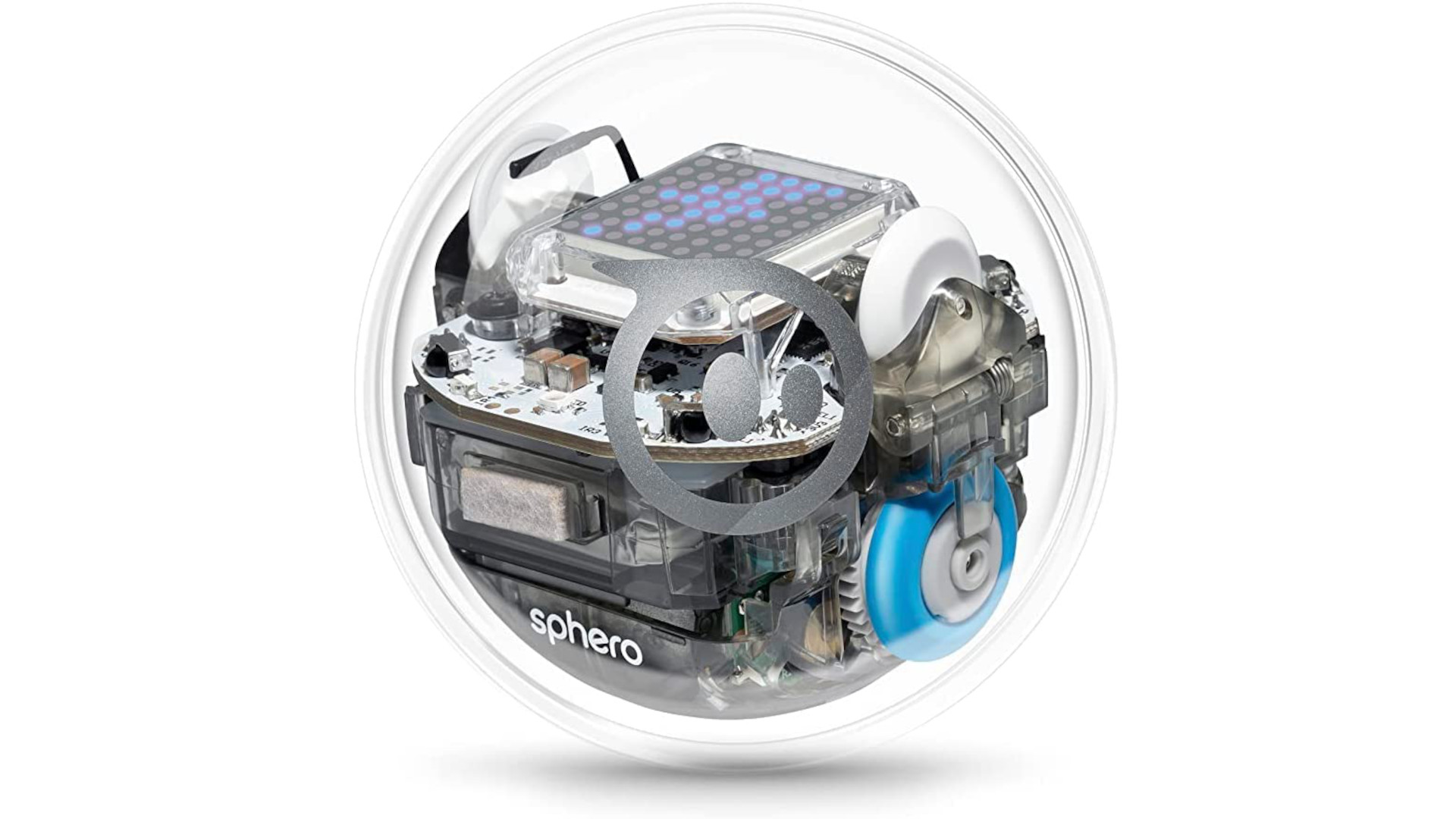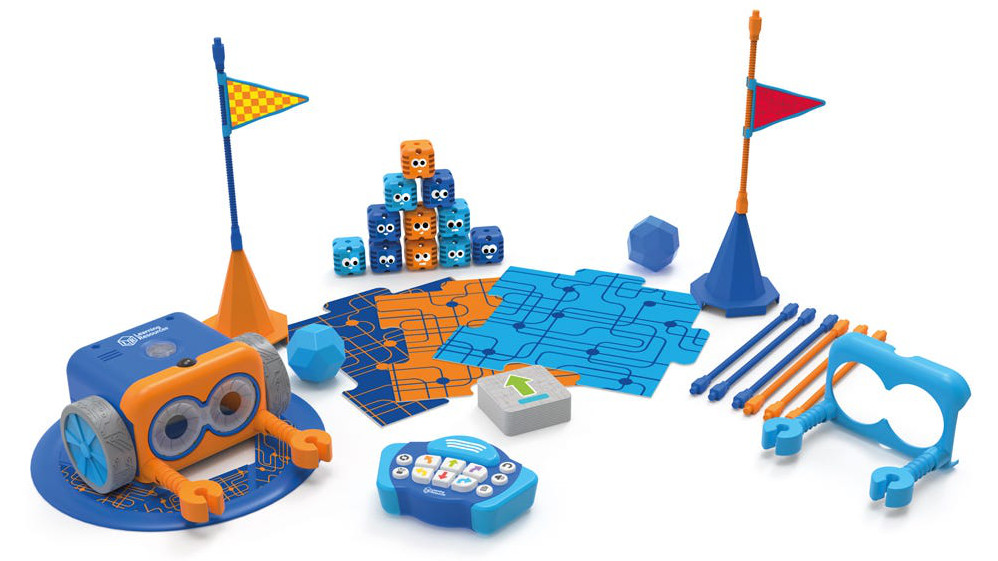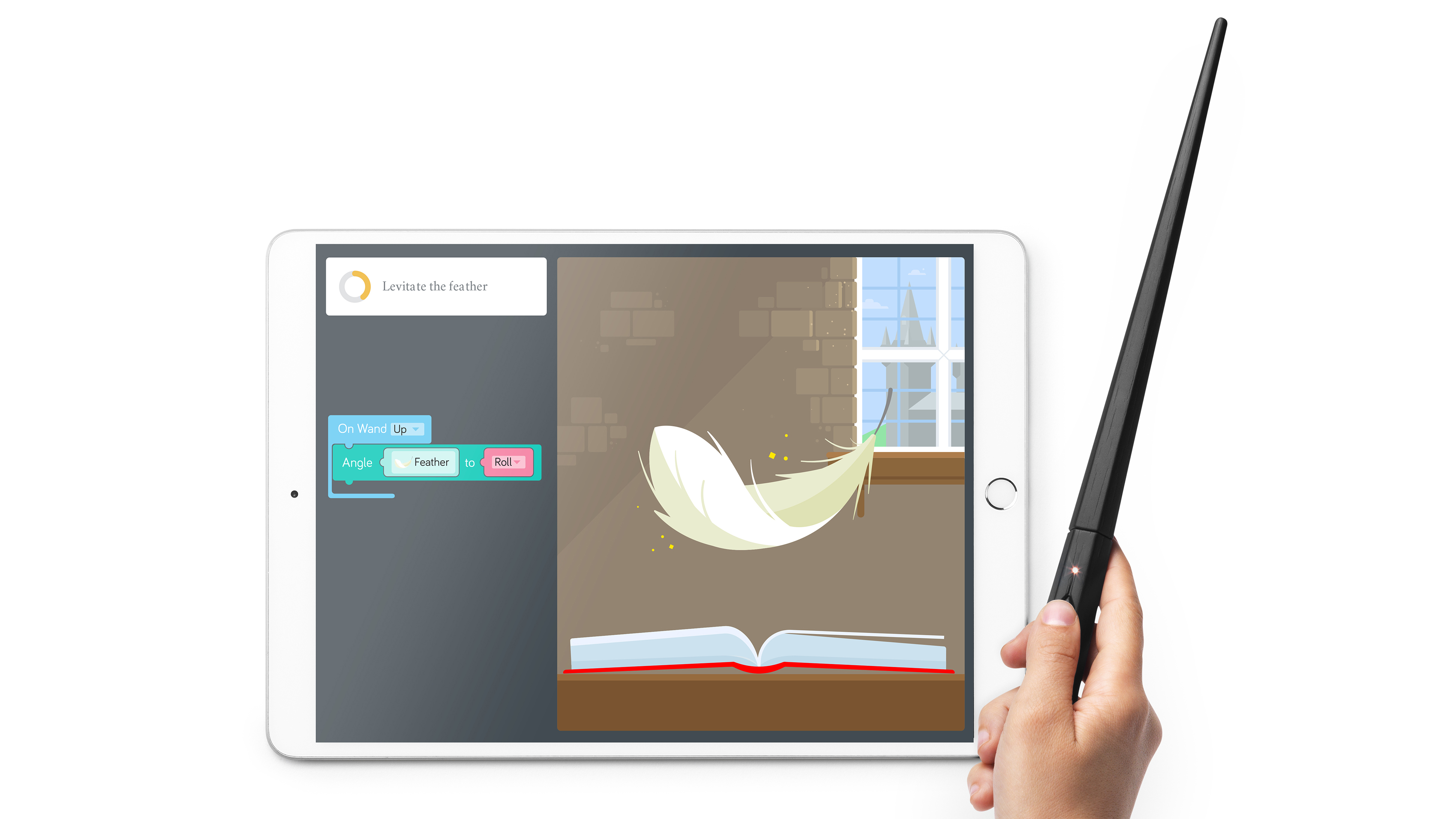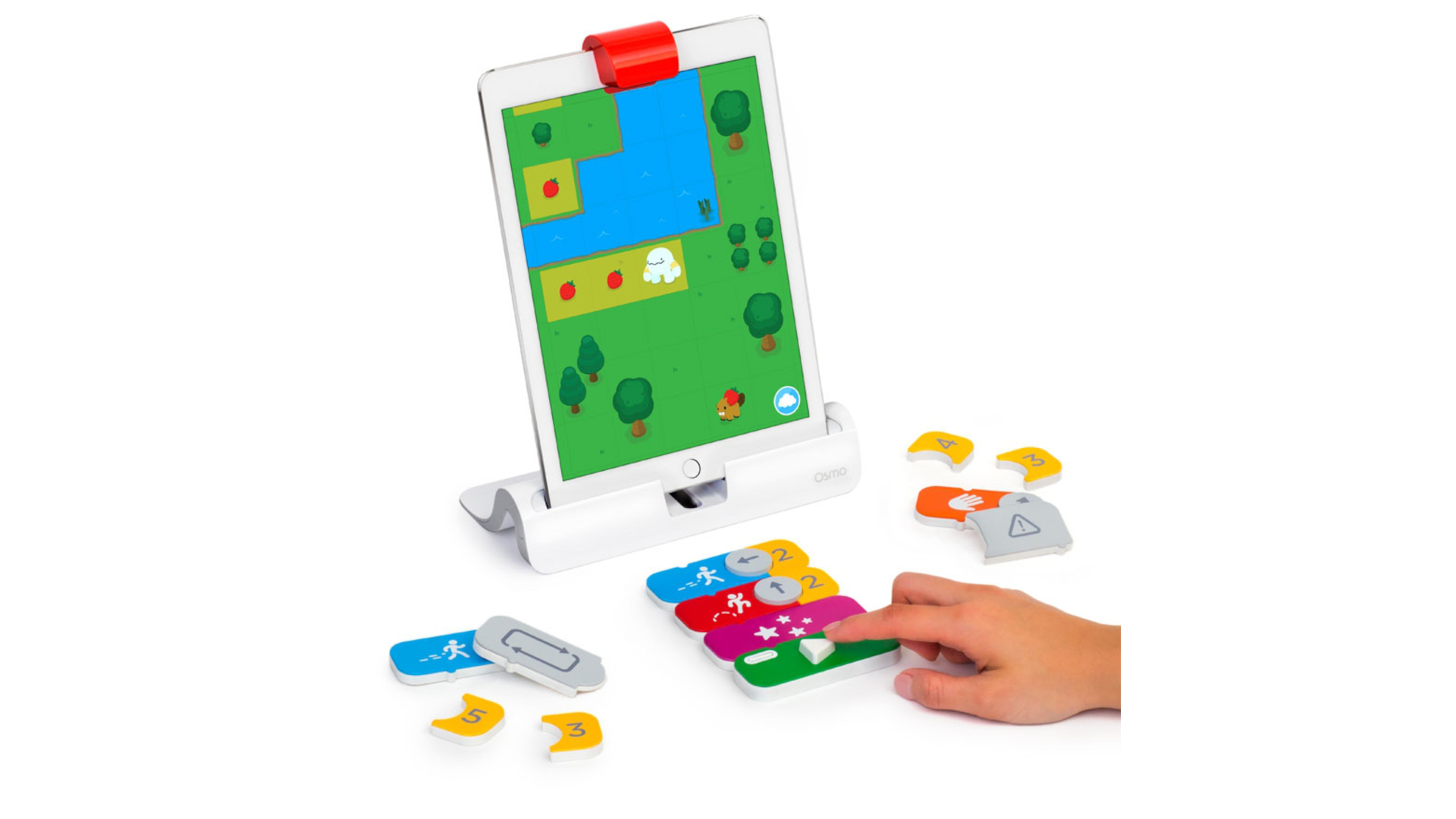Best Coding Kits For Schools
The best coding kits can make learning a subtle and fun process that engages students of all ages across STEM, robotics, and more

The best coding kits for schools allow students to subtly learn coding, even from younger ages, while also having fun. From block-based basics to give younger kids an idea about how coding works, to more complex code writing that results in real-world actions such as robots walking -- the right kit is essential for the perfect interaction.
This guide aims to lay out a range of coding kits that cater to varying ages and abilities, so there should be something for everyone. This list covers robotics, STEM learning, electronics, science, and more. The range also spans costs, from very affordable options that work on current hardware, such as apps for tablets, to more expensive options that include robots and other hardware to provide a more tactile experience for students.
The point here is that coding can be simple, it can be fun, and if you get the right kit, it should also be effortlessly engaging. It's also worth keeping in mind who will be teaching with the kit, and how much experience they have. Some kits offer training for educators so that the most can be offered to students in the classroom.
These are the best coding kits for schools
1. Sphero Bolt: Best coding kits top pick

Sphero Bolt
Our expert review:
Reasons to buy
Reasons to avoid
The Sphero Bolt is a superb choice, and our best pick, for the ultimate in the best coding kits out there right now. Primarily this is a robot ball that is able to roll around based on your coding commands. That means students have a very physical and fun end result to their efforts that engages them both on-screen as well as in the room.
The ball itself is translucent so students can see how it all works inside with programmable sensors and an LED matrix to interact with. When it comes to coding, this uses a Scratch-style but also allows more advanced users to program with JavaScript, one of the most popular web-based coding languages. Or dig right into the C-based OVAL programming language for more advanced ways to control the robot's roll, flip, spin, and color commands.
While this is good for more advanced coders, it's also simple to start with, making it accessible for students as young as eight, and perhaps younger depending on abilities. The drag-and-drop menu options can make the process very simple with commands such as move, speed, direction, and others all clearly laid out for use through changing their order.
Also available is a Sphero Mini option, which helps with STEM learning and multiple coding languages, only at a more affordable price.
2. Botley 2.0 The Coding Robot: Best beginner coding robot

Botley 2.0 The Coding Robot
Our expert review:
Reasons to buy
Reasons to avoid
Botley 2.0 The Coding Robot is a fantastic option for younger students, of ages five and up, as well as those new to coding. This is because Botely is very simple to use thanks to its intuitive layout and interaction system. Crucially, it does all this with physical interactions that don't require any screen time at all.
The robot itself is not the cheapest, however, for what you get, it is actually very affordable. This smart moving bot features object detection and even has night vision so it can navigate about most spaces without the worry of sustaining damage -- another reason this works well with younger users.
Get coding and this can take a massive 150 steps of coding instructions that allow it to make 45-degree turns in up to six directions, light up the multicolored eyes, and more. The set includes 78 building blocks, which allows students to build obstacle courses and more as navigation programming challenges. You can even transform the bot itself into 16 different modes including train, police car, and ghost.
The selection of kit options allows you to vary the amount you want or need to spend as well as adding complexity to suit the age and ability of the students you plan to use this with.
3. Kano Harry Potter Coding Kit: Best for tablet use

Kano Harry Potter Coding Kit
Our expert review:
Reasons to buy
Reasons to avoid
The Kano Harry Potter Coding Kit is a great choice for anyone who already has tablets in school and wants to make the most of that hardware without spending too much on other physical kit. As such, this is app-based and works with laptops and tablets, although it does give some real-world physical kit in the form of a Harry Potter-style wand.
This kit is primarily aimed at fans of the Harry Potter universe and, as such, all the games and interactions are magic related. The wand itself needs to be built out of the box as part of the challenge, and this then acts as a way of interacting with the games. Students can use the wand's movement sensors to interact, moving it like a wizard would. It can also be coded to display a color of choice using the built-in LEDs.
More than 70 challenges are available that teach and test various coding skills, from loops and code blocks to JavaScript and logic. Students can make feathers fly, pumpkins grow, fire flow, goblets multiply, and plenty more as they effortlessly learn as they play with magic.
There is also a Kano community, from wider coding games, which allows students to remix art, games, music, and more.
This coding kit is aimed at ages six and above yet could work for younger when able, and is available for Mac, iOS, Android, and Fire devices.
4. Osmo Coding: Best for early years coding

Osmo Coding
Our expert review:
Reasons to buy
Reasons to avoid
Osmo Coding offers kits that are built for students of ages five and above to work with physical blocks as they code using an iPad. While students use the real-world blocks, placed on the iPad or iPhone, they can see the outcomes of their actions digitally. As such, this is a really lovely way to learn code in a Montessori way, so it can be perfect for solo play as well as guided learning.
So while you will need an Apple device to run this, if you have one the price is relatively low and the real-world movements help to lower screen time. The main character in this system is called Awbie and students guide it through an adventure using the blocks to control the gameplay.
Games use music to help teach students to recognize melody and rhythm, with more than 300 musical sounds in the Coding Jam section. As such, this is a great STEAM learning tool that also features advanced side-by-side puzzles, strategy games, and 60+ coding puzzles. This covers the likes of logic, coding fundamentals, coding puzzles, listening, teamwork, critical thinking, and more.
5. Petoi Bittle Robotic Dog: Best for older students

Petoi Bittle Robotic Dog
Our expert review:
Reasons to buy
Reasons to avoid
The Petoi Bittle Robotic Dog is a superb option for older students and adults who want to learn real-world coding languages in a fun way. The dog itself is a very sophisticated robot that uses high performance plastic servo motors to create lifelike movements. The building of the bot itself takes about an hour and is all part of the challenging fun.
Once up and running, it's possible to code movements into the dog employing lots of different languages. These are real-world languages, which makes this great for STEAM learning but is best suited to those with previous experience. Start with Scratch-style block-based coding and build up to Arduino IDE and C++/Python coding styles. All this is done while also developing engineering, mechanical, mathematical, and even physics skills.
The dog can be programmed to interact with the world, not only to move but also to see, hear, sense, and interact with its environment with an optional camera module. It can also work with other Arduino or Raspberry Pi compatible sensors. Go beyond its basics using the open sources OpenCat OS, which allows for customization and growth to really challenge and free up more advanced students to get creative.
Tools and ideas to transform education. Sign up below.
Luke Edwards is a freelance writer and editor with more than two decades of experience covering tech, science, and health. He writes for many publications covering health tech, software and apps, digital teaching tools, VPNs, TV, audio, smart home, antivirus, broadband, smartphones, cars and much more.
